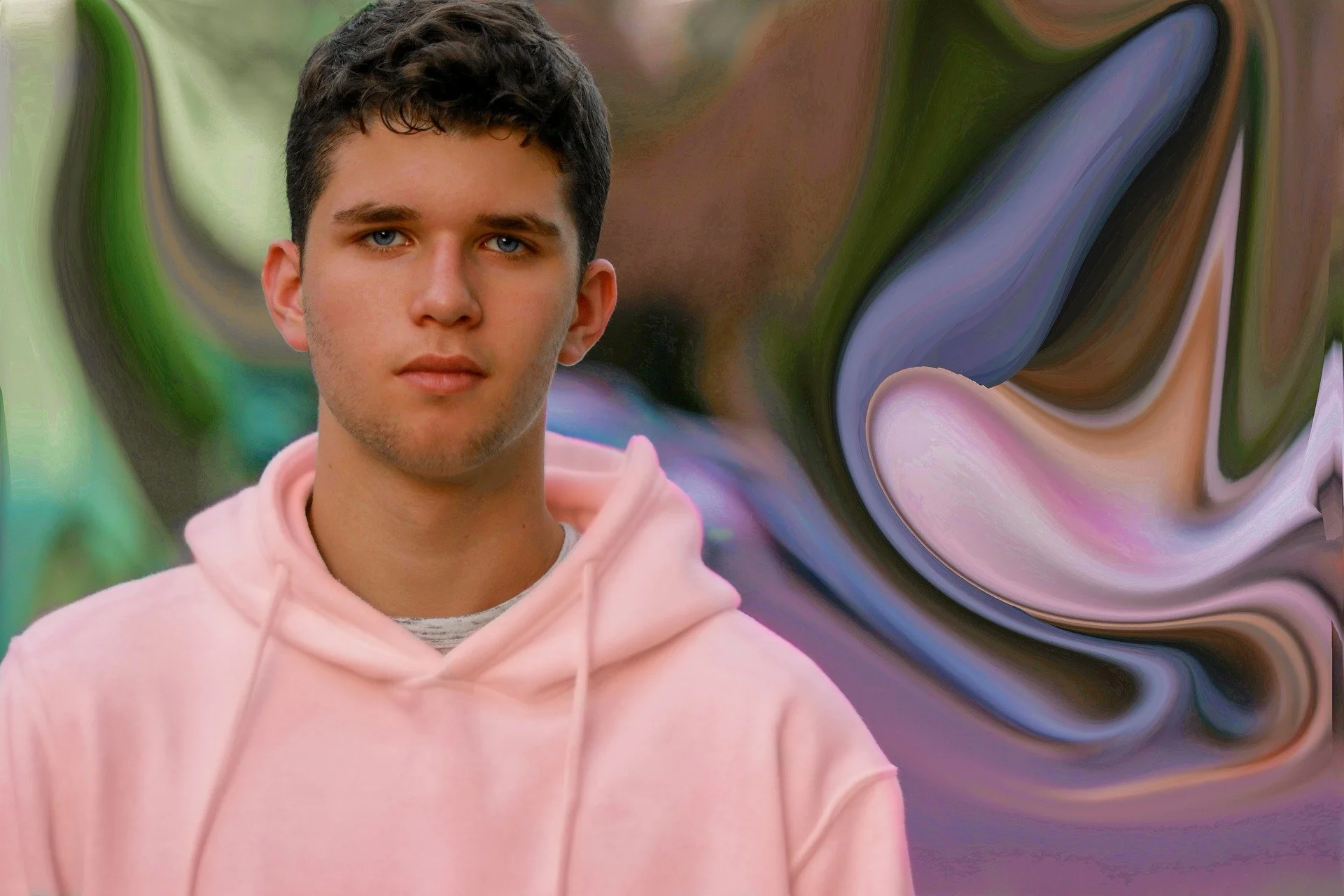By: Martin Rafferty, CEO& Founder of Youth Era
Monday, April 11th, 2022
At age 14, I was tricked into sharing my perspective to a group of well-meaning adults on a council, tempted by a mix of lukewarm pizza and an abundant supply of Mountain Dew. Many years later, our efforts to connect with young people and advocate for their needs have barely evolved.
Today’s professionals who want to invoke change are following the same playbook from when I was 14, which never worked the way it was intended. Our youth and their families are welcomed, highlighted, and allowed to share their stories. Then, they walk away with, at best, a fleeting sense of involvement and, at worst, a frustration that no change has come — or will ever come — from their efforts.
The process creates pressure on the youth and family allies who submit to the process in good faith, following the steps laid out as “best practices.” The problem? After countless years of inviting these voices to speak, we’ve seen very little meaningful change, and those open to sharing their perspectives are growing weary.
How COVID Shed Light on Solutions
In the months after the pandemic hit, we did see meaningful change that seemed impossible in pre-COVID conditions. Seemingly overnight, mental health went virtual. The claim that HIPAA could never allow virtual mental health care was debunked, and in the midst of crisis, the constructs and rules that we had always lived by were cast aside.
Now that we’re coming out of the pandemic, a new crisis is emerging. The limited data we have show that we’re losing too many young people to suicide, addiction, and despair. It’s time to radically change our approach — and fast.
Applying New Perspectives to the Youth Voice
When it comes to improving social services, I like to explore models from different fields to consider alternate perspectives. For example, in our early work at Youth Era, we taught government agencies how to borrow marketing tactics from brands like Taco Bell or Mountain Dew. We created a blueprint called the Youth Engagement Map, and we taught groups of young people how to borrow strategies from youth-focused brands to boost outreach among their peers. For example, instead of offering a $35 stipend, why not offer a $35 gift card to Fortnite?
These changes, while seemingly trivial on the surface, sent a signal to young people that these agencies were speaking their language and making an attempt to embrace their culture. Then, I went one step further. I started to think about how we include youth and their families in councils in the first place. What’s an example that brings non-experts into a system to capture their voices in a balanced, respectful way? The court of law.
If you cringed when you read that, I understand. I was right there with you, but let’s suspend our disbelief for a moment to take a closer look. The court system naturally requires a jury to be brought in — a jury of peers. Juries are, by design, folks who aren’t experts in the law. They’re simply there to share their own perspective on the facts presented to them.
Borrowing from the Courtroom for Youth Involvement
What if we modeled youth and family voices similarly on councils? We could bring in a designated group of youth and family, have an advocate assigned to get them up to speed on the arguments and context around any given issue, and implement a clear, well-defined process for conversation. Most importantly, we’d facilitate the opportunity for them to see their choices acted upon right away. By putting the effort of culturally responsive onboarding on the shoulders of the council, we can borrow the courtroom model while ditching its dull customs.
At the end of the day, the courtroom comparison is all about the internal function of how we capture these important voices — but that’s where it ends. Youth and family should feel more like they are entering a sports arena and less like they are showing up to pay a parking ticket. The experience should feel powerful, energizing, and inspiring — and afterward, these voices should be honored for their participation.
Final Thoughts
There are many paths forward in this regard, but to make any meaningful progress, we have to start by throwing out everything we’ve tried in the past. It’s simply not working, and the “free pizza and Mountain Dew” tactic is overdone and underperforming. And much like the beginning of the pandemic, the alternative to taking radical action — and quickly — will be costly.
Can Digital Ground be Sacred?
3 Lessons From Our Virtual Youth Training on Peer Support
Youth Era partnered with The University of Oxford to create and launch Uplift, a virtual mental-health training for Youth. Oxford University researcher Dr. Gabriella Pavarini shared that she had never seen results like the ones we saw after virtual training. Sign up below to gain access to our insights about what made our training such a success.


